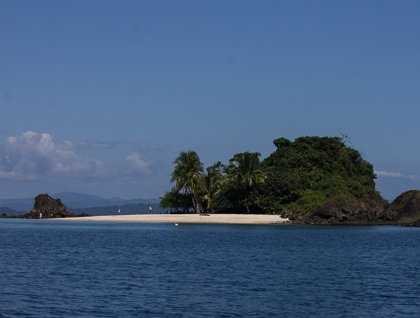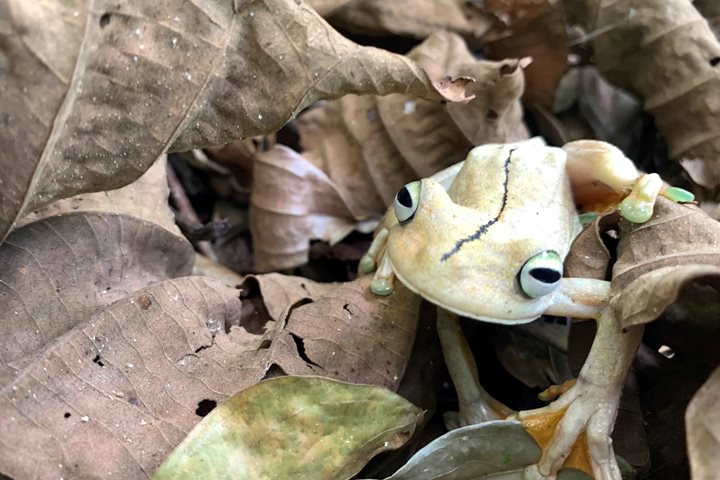After three amazing days in Costa Rica, we finally arrived to Coiba National Park in Panama, the biggest island in the Pacific of Panama. It has an extension of 667 acres, of which 533 are marine protected areas. Coiba National Park was created in 1991 and in 2002 it was included as part of a regional protected “Pacific Biological Corridor” which includes Malpelo and Gorgona Island in Colombia, Galápagos Islands in Ecuador and Cocos Island in Costa Rica. The Coiba National Park is also a UNESCO World Heritage site because of its key ecological link in the Tropical Eastern Pacific. Parts of the park, such as The Hannibal Bank, are fisheries management zones that support fishing communities and businesses; it is used by commercial long-line and gill-net fisheries and sport fishing vessels targeting species such as marlin, sailfish and tuna.
A short introduction of the history of the island was give by our expedition leader Cristian Moreno, the night before to arrive to Coiba, increasing the expectations of the group for this beautiful place and the suggested aquatic activities. During the morning the first beach visited in the park was Canales de Afuera. We enjoyed a couple of hours doing snorkeling and kayaking, but for a moment the attention was attracted to a whale bone that we found buried in the sand; it was a vertebra, and many questions and hypothesis about how the bone arrived to the island came out.
After the lunch, we were able to swim and enjoy again the clear waters of Coiba, but this time at Granito de Oro Islet. From a distance the islet looks very small, with white sand, a couple of coconut palms, shrubs and rocks; this was not an illusion. The islet is pretty small and the clear water increases our desire to jump quickly into the water with our snorkeling gear and enjoy the wonderful life of its coral reef. On the island we could appreciate many hermit crabs, a couple of mangrove warblers, a group of sanderlings and the shadow of the tropical plants found in this little place that is incredibly rich in aquatic fauna and flora.







